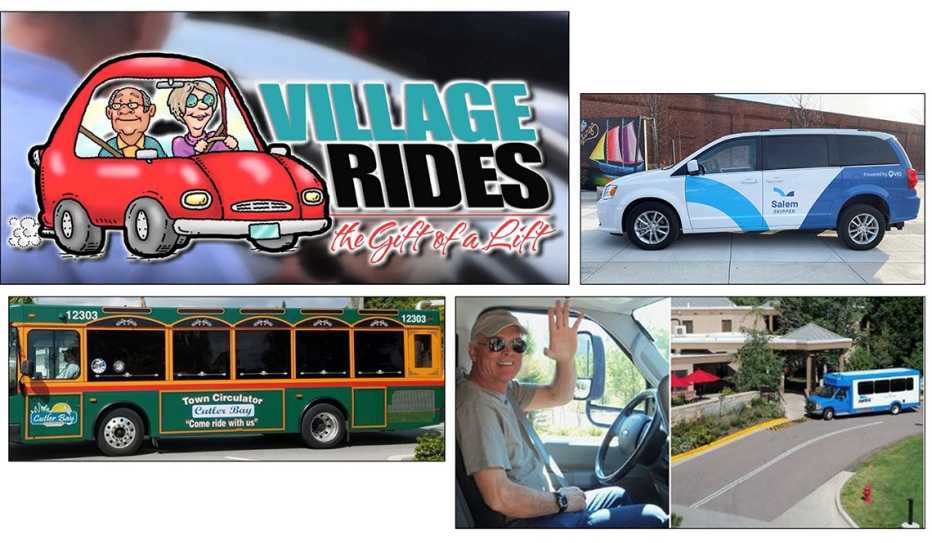AARP Hearing Center


Age-Friendly Transportation


Among the questions routinely asked by the AARP Home and Community Preferences Survey are several about transportation, including walkability and other ways for getting around.
The respondents of all races, incomes and ages (18 or older) routinely place high importance on the availability, safety, timeliness and maintenance of public transportation services. Respondents in the 50-plus and especially 65-plus age groups emphasized the importance of “public transportation that goes where I need to go.”
As communities throughout the nation explore ways to overcome transportation barriers, many seek to implement services that are both affordable and relevant. The solutions expand beyond the norms of traditional fixed-route bus and rail services to include on-demand, flexible-route and app-based options.
“5 A’s of Senior-Friendly Transit”
By incorporating the following features, communities empower residents of all ages and incomes who cannot or choose not to drive to be independent and socially engaged.
- Availability: Transit exists and is available when needed
- Accessibility: Transit can be reached and used (e.g., buses have low-floor boarding, bus seats are high enough, bus stop signage is readable)
- Acceptability: Transit options are clean, safe and user-friendly (e.g., the transit operators are courteous and helpful)
- Affordability: Transit fees are affordable (with costs comparable to or, ideally, less than driving a car) with voucher or discount options that can help defray out-of-pocket expenses for low-income individuals
- Adaptability: Transit that can be modified or adjusted to meet special needs and wheelchairs (or baby strollers) can be accommodated
More than half of the communities enrolled in the AARP Network of Age-Friendly States and Communities are working on establishing or advocating for age-friendly transportation programs and services. Follow the link below or in the sidebar above to read about some of those efforts.
Adapted from the report "Moving an Age-Friendly D.C."
Dalan Hwang is a consultant with the AARP Network of Age-Friendly States and Communities.
Page published May 2023




























































